The artist unveiling the hidden history of Afghanistan
- Text by Salma Haidrani
- Illustrations by Meena Sediqi

Take a cursory glance at headlines of Afghanistan this week alone and you’d be forgiven for thinking that destruction, violence and hotel sieges are commonplace. Images circulated from fellow war-torn countries aren’t exempt either – rarely do they spotlight their rich history and culture and, in turn, encourage us to re-evaluate our existing assumptions.
It’s this that Sydney-based artist Meena Sediqi attempts to rectify with Meena Home, a collection of contemporary pop art on Instagram paying tribute to the lesser known – but strikingly positive – side to Afghanistan.
“I wanted to create a platform that counteracted the media’s solely negative portrayal of developing countries involved in an ongoing war,” she says. “My art rather emphasises the beauty and culture of war-torn countries.”
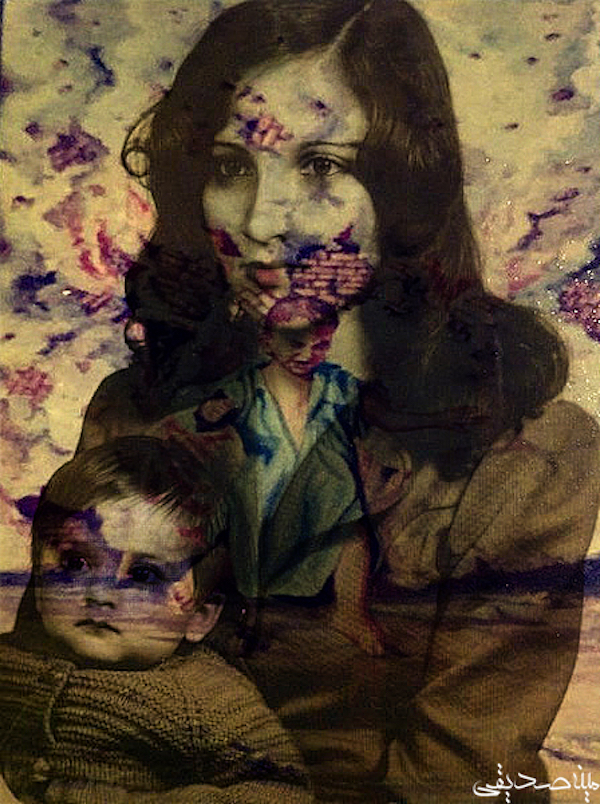
Meena herself acknowledges that she too viewed her parents’ homeland through an exclusively ‘Western’ lens. “The media depicts Afghanistan as a destroyed and broken land and I saw it as such. I had assumed that there was nothing left of the country to see or discover.”
She recalls how jarring it was to be confronted with the realities of life there on a visit in June 2010. “There were vibrant streets, marketplaces swarming with people, scenic views and amazing architecture,” Meena says. “What I saw inspired me. People were continuing to make a living regardless of the dangers that threatened them, like suicide bombers, on a daily basis.”
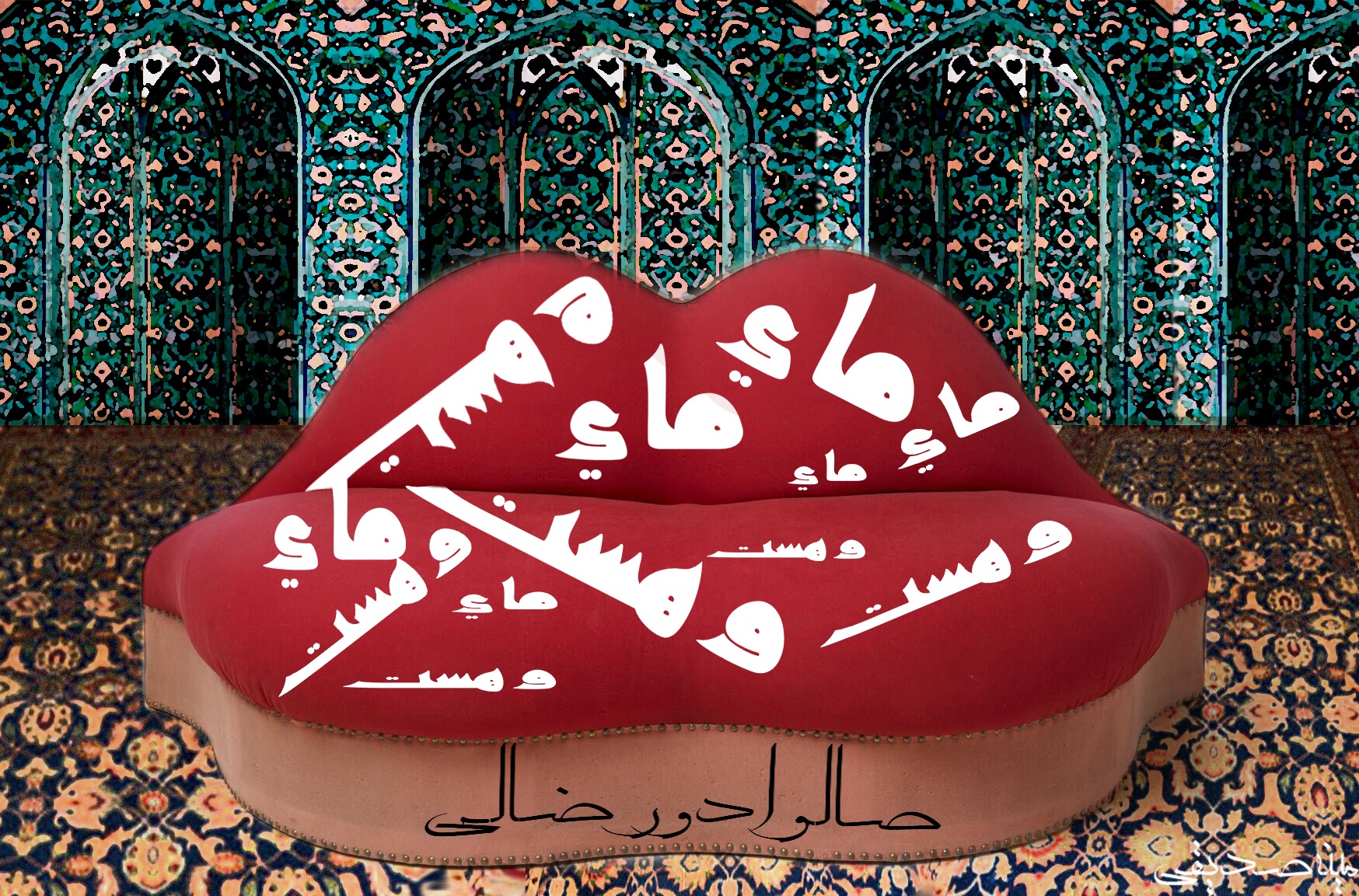
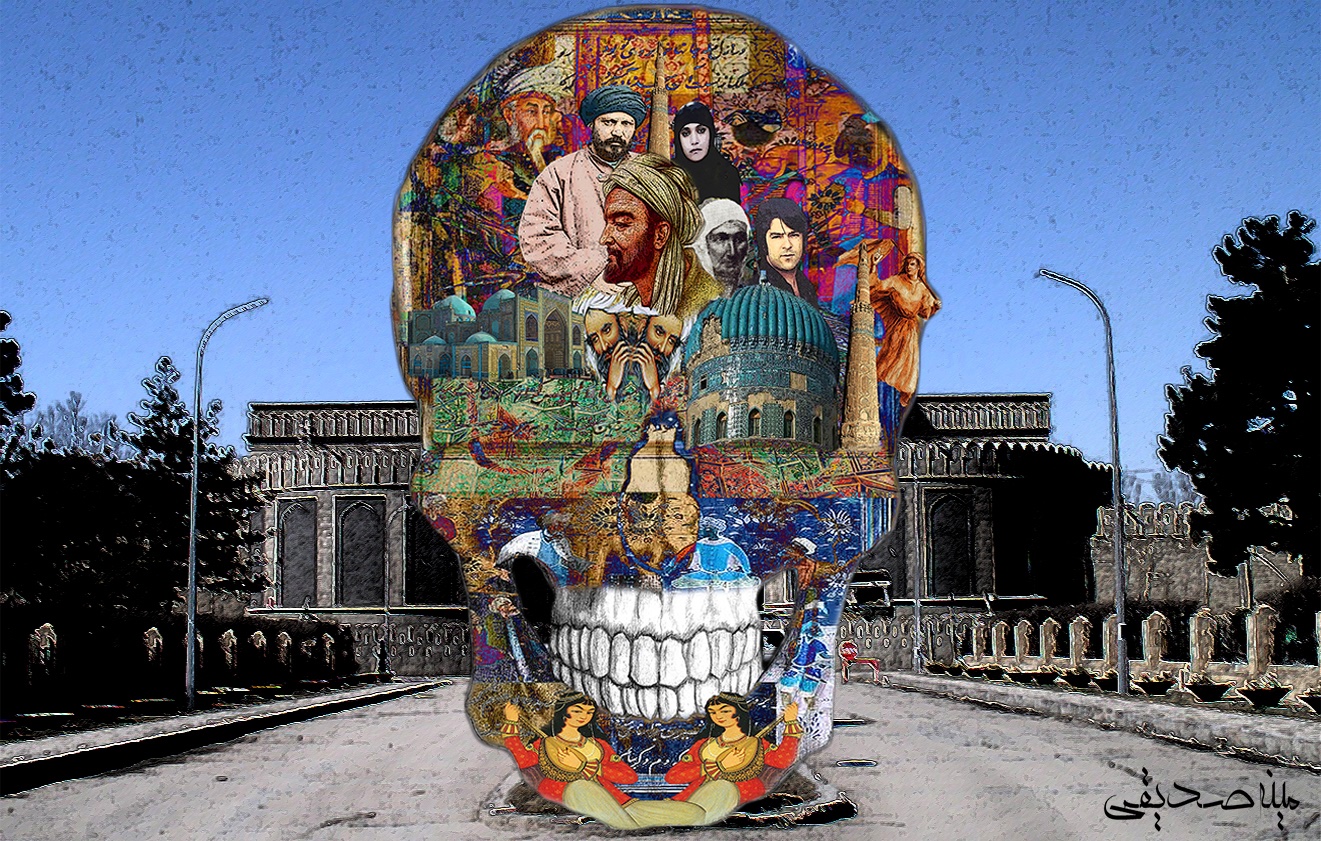
Juxtaposing historic Afghani figures with contemporary fashion brands in her digital collages is a testament to her attachment to both the East and West. Take the Supreme logo stamped on Ahmad Shah Massoud, a political icon’s face. Invoking nostalgia but also optimism, achieved through her use of colour, also features heavily in her work. “Keeping my country’s culture and history alive is a large part of my project,” she affirms.
Now is an exciting time for kids of immigrants to reclaim their culture, history and heritage – zines for and by WoC and DIY collectives like Muslim Sisterhood launching the world over are testaments to this. “People are often more aware and accepting of other cultures, especially when they’re exposed to it,” Meena agrees. “This can encourage them to research their roots and even want to visit their home country.”
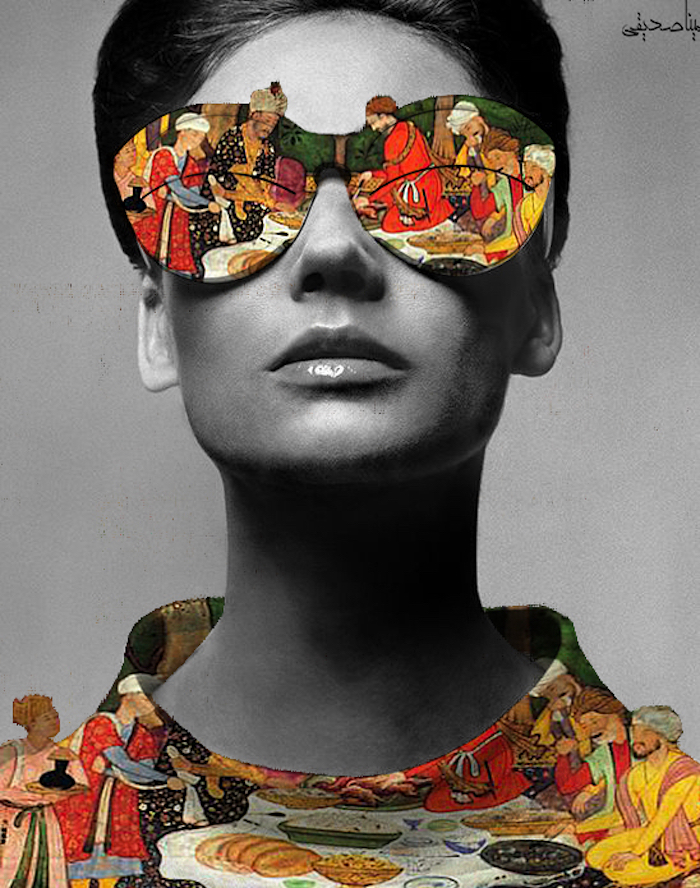
Would Meena expand her work to other regions in the Middle East, which in recent years have also become conflated with violence? “I’ve started doing so recently,” she says. “So far, Syria and Palestine are two countries that I’ve included in my work.” She’s also set to feature Iran, not least because its culture and politics parallels to Afghanistan.
So long as Meena’s work encourages us to re-examine our unconscious biases about countries we’ve never visited, she’s achieved what she ultimately set out with Meena Home. “I hope people see Asia in a more positive light and consequently shift prejudicial thinking against countries in this region.”
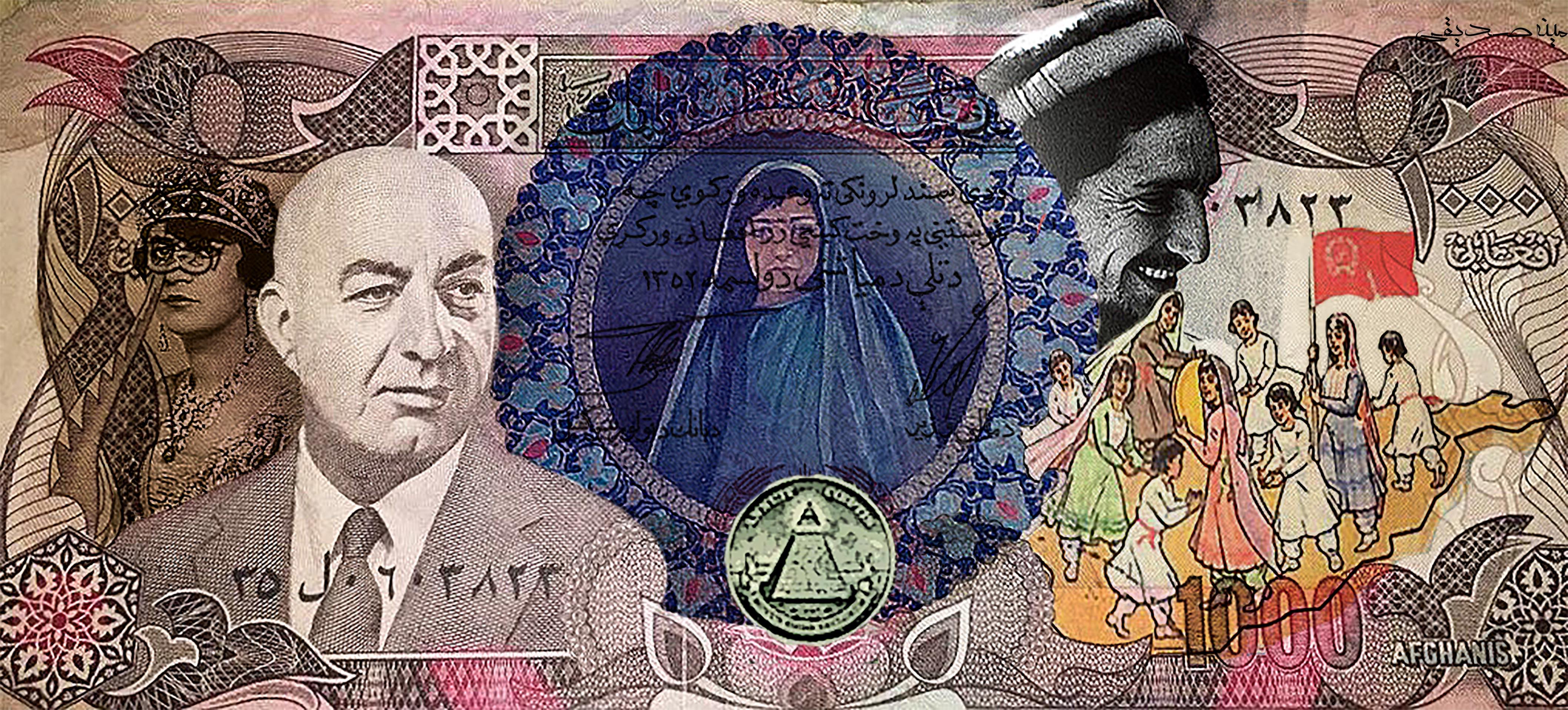
See more of Meena Sadiqi’s work on her official website, or follow her on Instagram.
Follow Salma Haidrani on Twitter.
Enjoyed this article? Like Huck on Facebook or follow us on Twitter.
You might like

“Humanity’s big threat is our disconnect from nature”: Craig Richards and Chris Levine in conversation
Lighting up — With Houghton Festival collaborating with artist Chris Levine in its most recent edition, we sat down with the light artist and the festival’s creative director Craig Richards to chat about their new installations, and the role of art and music in tumultuous times.
Written by: Isaac Muk

Meet Lady Pink, the ‘First Lady’ of graffiti
Miss Subway NYC — As a leading writer and artist in a man’s world, Sandra Fabara has long been a trailblazer for girls in underground art. Now, her new show touches on her legacy, while looking to the future.
Written by: Isaac Muk

Led By Donkeys: “It’s weird when right-wing commentators get outraged by left politics at Glastonbury – what did they expect?”
Send them to Mars — With their installation in Block9 launching the billionaire class into space, we caught up with the art and activism crew to chat about the long intersection of music and politics at the festival, how wrong the tech bros are, and more.
Written by: Isaac Muk

How pop music introduced queer culture to the mainstream
The Secret Public — Between the ’50s to the ’70s, pop music was populated with scene pushers from the margins. A new book by Jon Savage explores the powerful influence of LGBTQ+ folk.
Written by: Miss Rosen

The Getty Center’s first exclusively queer exhibition opens today
$3 Bill: Evidence of Queer Lives — Running until September, it features paintings, ephemera, video and photography to highlight LGBTQ+ histories, culture and people from 1900 to the present day.
Written by: Isaac Muk
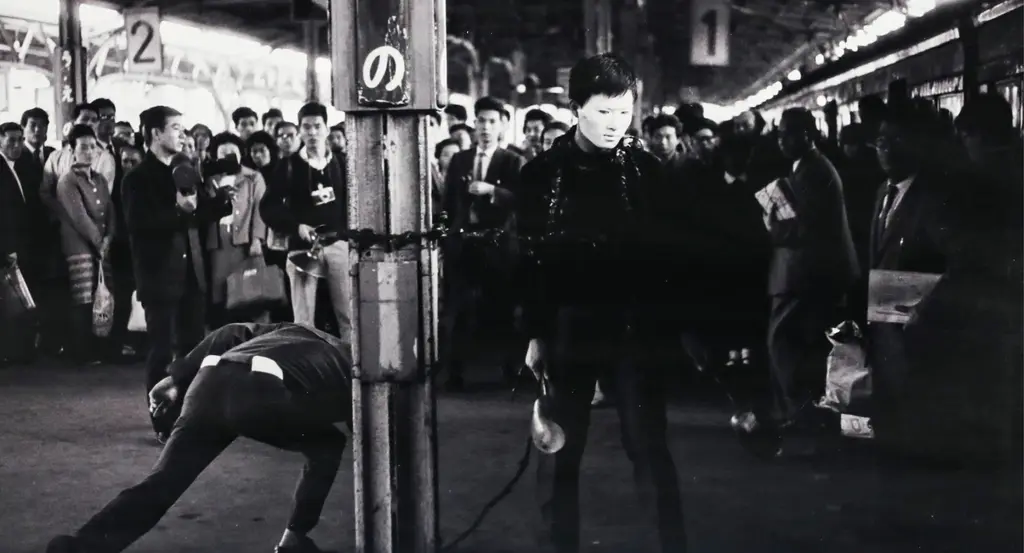
A new documentary explores Japan’s radical post-war photography and arts scene
Avant-Garde Pioneers — Focusing on the likes of Daidō Moriyama, Nobuyoshi Araki, Eikoh Hosoe and many more, the film highlights the swell of creativity in the ’60s, at a time of huge economic change coupled with cultural tensions.
Written by: Isaac Muk

